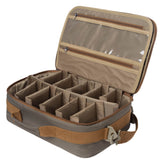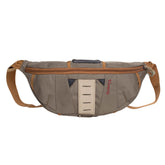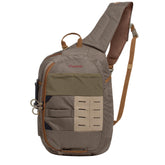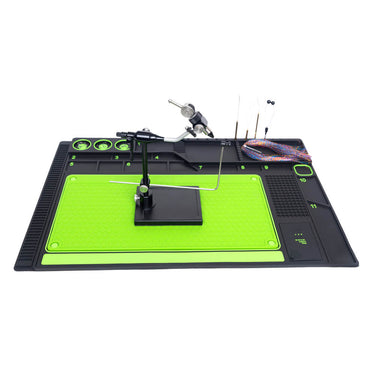Angling for Pollack: A Freshwater Pursuit
Fly fishing for pollack (Pollachius pollachius) is an exciting and challenging saltwater fly fishing pursuit. Pollack are aggressive, hard-fighting fish found in rocky coastal areas, reefs, and kelp beds, primarily in the Northeast Atlantic (UK, Ireland, Scandinavia, and parts of Europe). Here’s a guide to help you target them effectively:
1. Understanding Pollack Behavior
Habitat: Pollack prefer rocky shorelines, underwater structures, wrecks, and kelp forests. They often hunt in mid-water or near the surface.
Feeding Habits: They are opportunistic predators, feeding on small fish (sand eels, sprats), crustaceans, and squid. They strike aggressively but can be wary in clear water.
Seasonality: Best targeted in warmer months (spring to autumn), though they can be caught year-round in some areas.
2. Tackle Setup
Fly Rod: A fast-action 8–10 wt rod (9–10 ft) is ideal for casting large flies and handling strong fish.
Reel: A saltwater-proof reel with a smooth drag system (pollack make powerful runs).
Line:
Floating Line: For surface or shallow presentations.
Intermediate/Sinking Line: To reach deeper fish (Type 3–6 sink rates work well).
Sinking Tip: Useful for varying depths.
Leader: 9–12 ft, 10–20 lb fluorocarbon (adjust based on water clarity and fish size).
3. Effective Flies for Pollack
Pollack respond well to large, flashy, and fast-moving flies that imitate baitfish or squid:
Clouser Minnows (Blue/White, Chartreuse/White)
Deceivers (All-white or olive)
Polar Fiber Minnows
Sandeel Patterns (e.g., Surf Candy, Snake Fly)
Bright Streamers (Orange, pink, or chartreuse attractors)
Jellyfish/Squid Imitations (For deeper water)
Tip: Use flies with weighted eyes or a sinking line to reach deeper fish.
4. Techniques for Success
Retrieve: Fast, erratic strips work best—pollack love chasing prey. Try:
Short, sharp strips (imitating fleeing baitfish).
"Figure-8" retrieves near the surface.
Let the fly sink before retrieving in deeper water.
Locating Fish: Look for:
Birds diving (indicates baitfish).
Surface boils (pollack attacking prey).
Structure (reefs, drop-offs, kelp edges).
Tides: Fish moving tides (especially incoming) when pollack are more active.
5. Playing & Landing Pollack
First Run: Pollack hit hard and dive deep—keep your rod high and let the drag do the work.
Avoid Snags: Steer fish away from rocks/kelp.
Landing: Use a net or grab them firmly (wet hands to protect their slime coat).
Release: Handle gently; pollack are fragile out of water.
6. Safety & Etiquette
Wading: Wear studded boots—rocks and kelp are slippery.
Weather/Tides: Check conditions; coastal waters can change rapidly.
Conservation: Follow local size/bag limits; pollack stocks can be vulnerable.
Final Tip
Pollack can be fussy—if they’re following but not committing, change fly size/color or vary your retrieve speed.
Tight lines! 🎣















